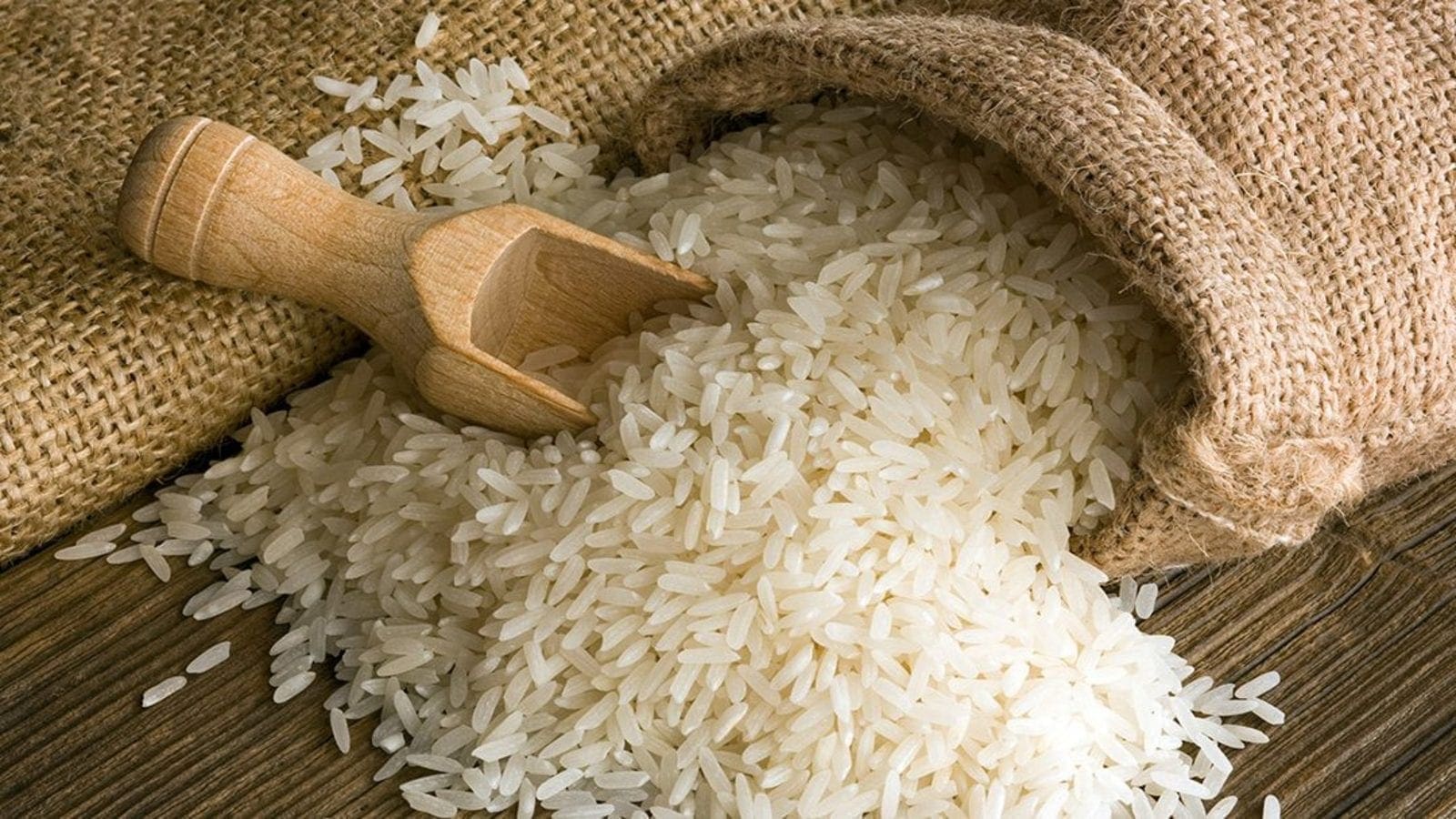VIETNAM – Vietnam is losing its market share for white rice to other competitors such as India and Thailand due to uncompetitive prices.
This is according to a recent Grain and Feed update by the United States Department of Agriculture (USDA).
In the report, USDA officials note that despite Vietnam white rice export prices declining from their peak of US$520 per MT in January to a low of US$490/MT in May 2021, prices of Vietnam five percent broken white rice continued to maintain a $100 per metric ton premium over India rice.
They further noted that at times, Vietnam rice prices were more expensive than Thailand rice, depressing demand for the commodity in the international market.
As a result of the high prices, Vietnam Customs notes that rice exports declined by 15 percent in the first five months of the calendar year 2021.
The Philippines, the largest importer of Vietnamese rice, accounting for 36 percent of the total exports, felt the pinch of the country’s high rice prices and a result reduced imports by 27 percent to 944TMT.
Lower exports to the Philippines and Malaysia (down by 53 percent) were, however, partially offset by gains in China (12 percent, mainly glutinous rice), Ivory Coast (29 percent, mainly jasmine rice), and Ghana (28 percent, mainly jasmine rice).
Despite depressed demand in the export market, the Gain report indicates that production was up by over 500 thousand metric tons (TMT) from the previous year.
The rise in production has been attributed to factors such as improved weather conditions and water supply, as well as lower plant disease pressure and appropriate seedling schedules benefiting yields.
Good crop growing conditions have led to post revising its estimates of the MY20/21 Spring crop production up to 20.60 million metric tons (MMT) on higher yields.
Post further revised its estimates of the MY20/21 Autumn crop production up to 15.20MMT on higher yields and an average-to-above average water supply forecast.
The anticipated high yields are expected to create an oversupply, at least in the local market, leading to a downward readjustment of Vietnam rice prices and hopefully increase its competitiveness in the international market.
Liked this article? Subscribe to Food Business Africa News, our regular email newsletters with the latest news insights from Africa and the World’s food and agro industry. SUBSCRIBE HERE










